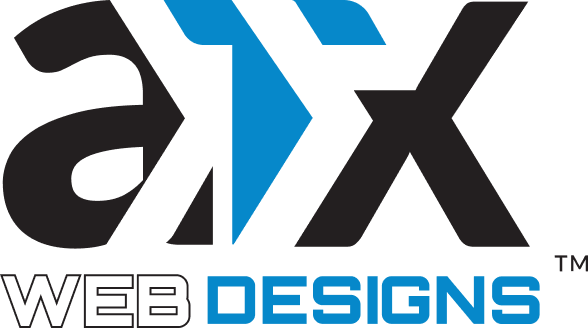Define Your Goals and Objectives:
Determine the purpose of your website. Are you looking to increase sales, generate leads, improve brand awareness, or provide information?
Set specific, measurable goals that you expect your website to achieve, such as increased traffic, higher conversion rates, or improved user engagement.
Understand Your Target Audience:
Define your target audience—know who your website is intended for. Understand their preferences, behaviors, and needs to tailor your website accordingly.
Conduct Thorough Research:
Research your industry, competitors, and market trends. Analyze successful websites in your niche to identify what works well and what you can improve upon.
Perform keyword research to understand the terms your audience uses to find businesses like yours. This can help in shaping your website’s content and structure.
Create a Detailed Plan:
Outline the features and functionalities you want on your website. Consider elements such as the site structure, navigation, user experience, and the content you’ll need.
Determine the technical requirements, such as e-commerce capabilities, integration with third-party tools, or specific design elements.
Set a Realistic Budget:
Determine the budget you’re willing to allocate for your website. Consider not only the initial development costs but also ongoing maintenance, hosting, and potential marketing expenses.
Choose the Right Platform and Technology:
Decide whether you’ll use a website builder, a content management system (CMS) like WordPress, or opt for custom development. Each option has its pros and cons based on your needs and technical expertise.
Research and select the appropriate technology stack and hosting solutions that align with your website’s requirements and expected traffic volume.
Find a Reputable Web Development Partner or Agency:
If you lack the expertise or time to build the website yourself, consider hiring a professional web development agency or freelancer. Ensure they have a solid portfolio and experience in creating websites similar to your vision.
Request proposals and compare quotes from different providers. Choose a partner that understands your goals and can deliver within your budget and timeline.
Create a Content Strategy:
Develop a content strategy that aligns with your goals and audience. Plan the type of content (text, images, videos) that will be featured on your site and how it will be organized.
Ensure your content is optimized for search engines (SEO) to improve visibility and ranking on search engine results pages (SERPs).
Plan for Maintenance and Support:
Understand that a website requires ongoing maintenance, updates, and support. Make plans for regular backups, security updates, and technical support to ensure your site runs smoothly post-launch.






